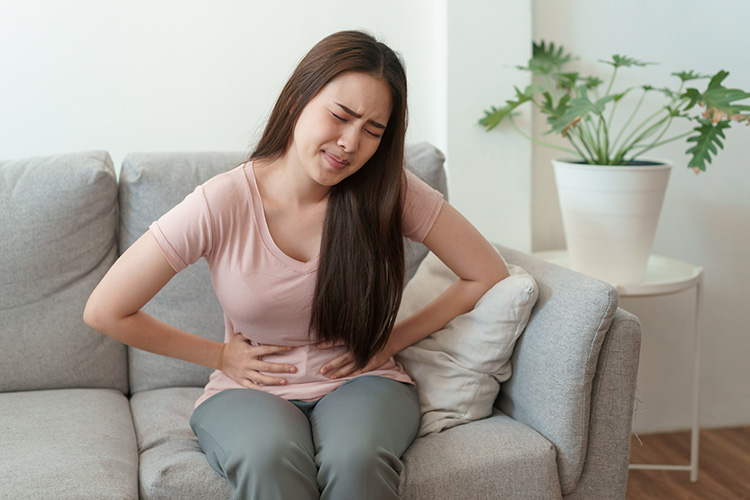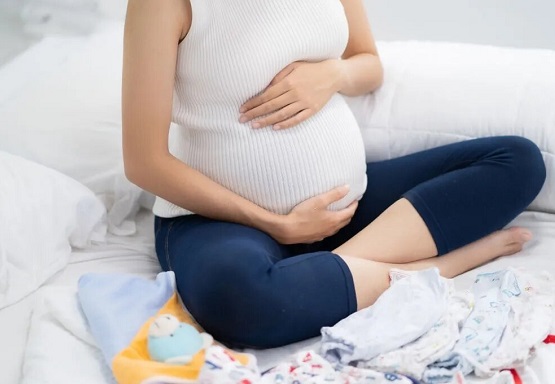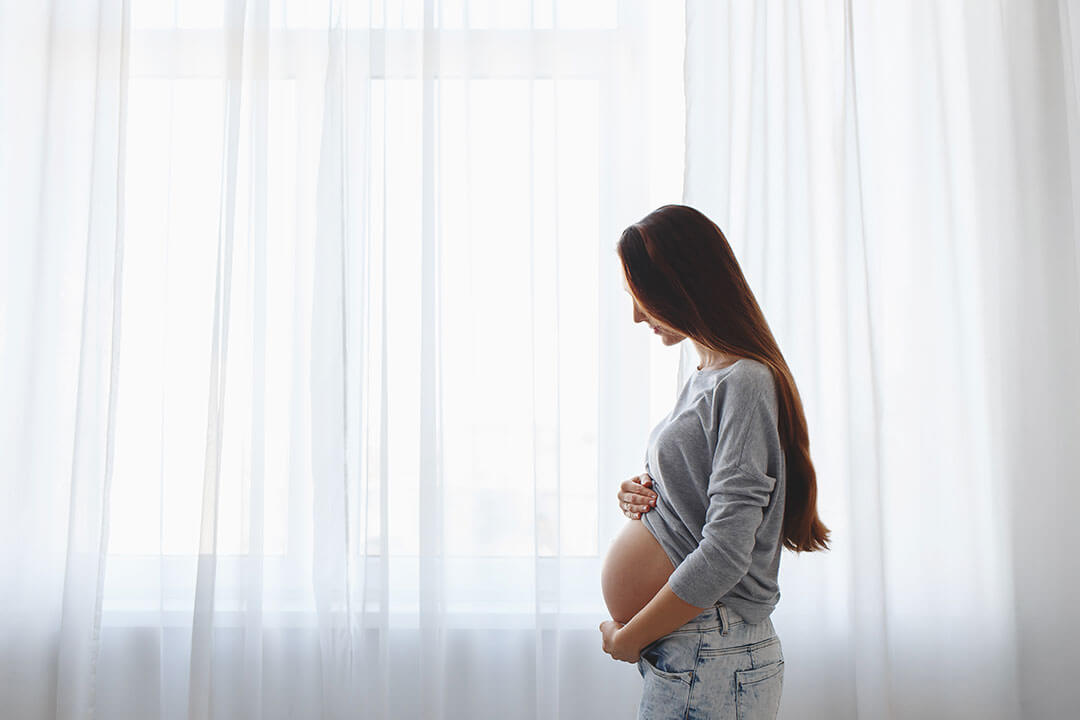4 Things You Should Know About Endometriosis

If you suffer from extremely painful periods and suspect that it is more than the usual cramps, you may have a condition called endometriosis. Dr Hong Sze Ching, a consultant in obstetrics & gynaecology at Mount Alvernia Hospital, tells us more.
That crippling pain in your stomach and pelvic area that gets you doubled over. Imagine suffering this — five days a month, 12 months a year, for decades… until you finally reach menopause. For some women, this is their reality as they suffer from a condition named endometriosis.
1. How endometriosis happens
Endometriosis occurs when tissue similar to the inner lining of the womb is found outside it. This happens in common sites such as the ovaries (where it may cause endometriotic or “chocolate” cysts), fallopian tubes. on the surface of the womb, in the peritoneum (the lining of the pelvis and abdomen). and in the area between the vagina and the rectum. When the endometrial tissue is present in the muscular wall of the womb, it is called adenomyosis.
“It is a common condition, affecting around one in 10 women, usually during their reproductive years. There is also a higher risk if one’s mother or sister has it,” explained Dr Hong Sze Ching, a consultant in obstetrics & gynaecology at Mount Alvernia Hospital.
2. Why it happens
Unfortunately, nobody really knows. Some suspected causes include retrograde menstruation, genetic factors and immune system problems, among others. “It is a hormone-dependent condition where hormonal changes during a woman’s period causes the endometrial-like tissue located outside the womb to bleed. This can cause pain, inflammation and scarring, and can possibly damage your pelvic organs, said Dr Hong.
To make matters worse, this condition is difficult to diagnose as symptoms vary from woman to woman. Some may have no obvious symptoms while in others, the signs are similar to, and thus could be mistaken for, other conditions such as irritable bowel syndrome or pelvic inflammatory disease.
To diagnose it, doctors use several tests, such as a pelvic examination, pelvic ultrasound scan, or laparoscopy, a minimally invasive procedure to examine your pelvis. Your doctor may also check for CA125, a blood protein which is a tumour marker for certain gynaecological cancers, but is also raised in women who have endometriosis.
3. Regular period pain or endometriosis: how can I tell?
One common symptom of endometriosis is pain that occurs in a certain pattern, becoming worse before and during your period. If you also have adenomyosis, your period may be irregular or heavy. It can cause pain during or after sex and can also lead to fertility problems. Other warning signs: look out for pain in your bowels or bladder.
4. How can endometriosis be treated?
This will depend on the extent of the disease, severity of your symptoms, and whether you desire fertility. Treatment involves medication, surgery, or both. Your doctor may prescribe Nonsteroidal anti-inflammatory drugs (NSAIDS) to relieve your pain. There are also hormone treatments to reduce or halt your ovulation, such as progestogen tablets, hormonal intrauterine contraceptive devices or a hormonal injection called GnRHa (gonadotropinreleasing hormone agonists). Surgery can be done to remove areas where there are endometriotic tissue deposits or endometriotic cysts.
If you suspect that you may have endometriosis, do consult a doctor as soon as possible. You shouldn’t have to suffer such pain in silence.
Article contributed by Dr Hong Sze Ching, accredited doctor from Mount Alvernia Hospital.
This article is taken from our MyAlvernia Magazine Issue #49. Click here to read the issue on our website.



